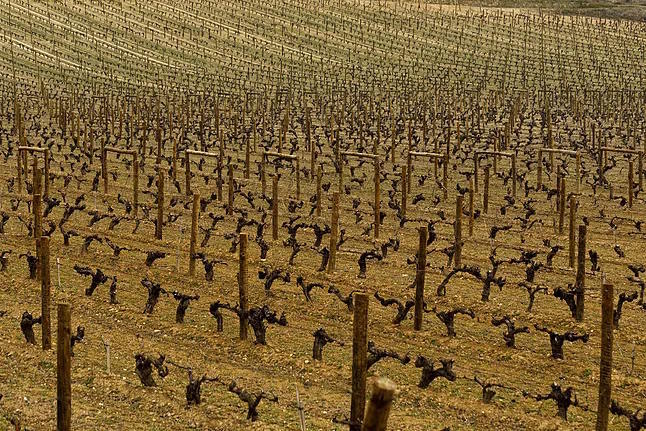Donald Trump, President of the United States, unleashed his tariff wrath once again yesterday. This time, European alcohol was the victim, as he aims to impose 200% tariffs on wine, champagne, and other alcoholic beverages in response to Brussels' intention to levy a 25% tax on American products such as whiskey. A measure that "would greatly benefit the wine and champagne sector in the United States," stated the president.
However, this last statement is questionable because if Trump follows through with his threat, he may end up creating another challenge for his own wine sector. In 2024, the main markets for American wine were Canada - in value - and the United Kingdom - in volume - as reported by the Interprofessional Organization of Wine in Spain. Since he is already at odds with the neighboring country, his market shrinks. In fact, as pointed out by the Spanish wine sector, the main victims of Trump's tariffs will be local wines, which would face significant challenges in repeating their 2024 exports of over 239 million liters worth $1.251.8 million.
Nevertheless, no one benefits from tariffs, and European wineries, including Spanish ones, would also suffer the consequences.
The European Union exports 30 billion euros of wine worldwide, with the United States accounting for 25% of the total, so "if they take away 25 out of 100 euros, the impact is significant," notes Fernando López de los Mozos, an expert in venture capital and strategic investors at Roland Berger. "This will especially impact consumption because a 200% tariff means tripling the original price." The drop in consumption will also affect exports and, therefore, production. Thus, the first consequence of Trump's new threat is that "local distributors are buying more than usual to protect themselves from price increases," de los Mozos points out.
On the other hand, Spain will not be the most affected market as it is the fourth largest wine seller to the United States, behind France, Italy, and New Zealand. Additionally, Spain would have other alternatives. "We have relationships with many countries, and there are many where we can diversify," says Fernando Moraleda, director of the Food Office at LLYC. These include China, Japan, Morocco, Switzerland, South Korea, Mexico, "but especially in countries that are part of MERCOSUR." In Argentina, Brazil, Paraguay, Uruguay, and Venezuela, "although there is more competition because it is a brand-driven, mature, and quality market, if tariffs are indeed eliminated, they would be the major beneficiaries of Spanish wine."
As usual, for now, this is a message from Trump, and we will have to see how it plays out. After all, the wine sector already has experience in this situation, as in 2019, the Trump Administration imposed increased tariffs on bottled wine (non-sparkling) from some European countries, such as Germany, France, and Spain.
This time, there was still room for maneuver for wineries, as the American tariff on wine was applied to beverages with an alcohol content equal to or less than 14 degrees. So, Spanish wine producers increased the production of red wine with more than 14 degrees to surpass the barrier, as recalled by the consulting firm Roland Berger in their recent report "Roadmap to Mitigate the Impact of US Tariffs."
"Although there is a concentration of Spanish wine exports, wineries are increasingly moving towards diversification," points out Begoña Olivarría, Director of Economic Intelligence at the Interprofessional Organization of Wine in Spain. The spokesperson highlights strong growth markets such as Mexico, Poland, or Japan. "The sector is resilient and has been working in recent years on diversifying markets."
